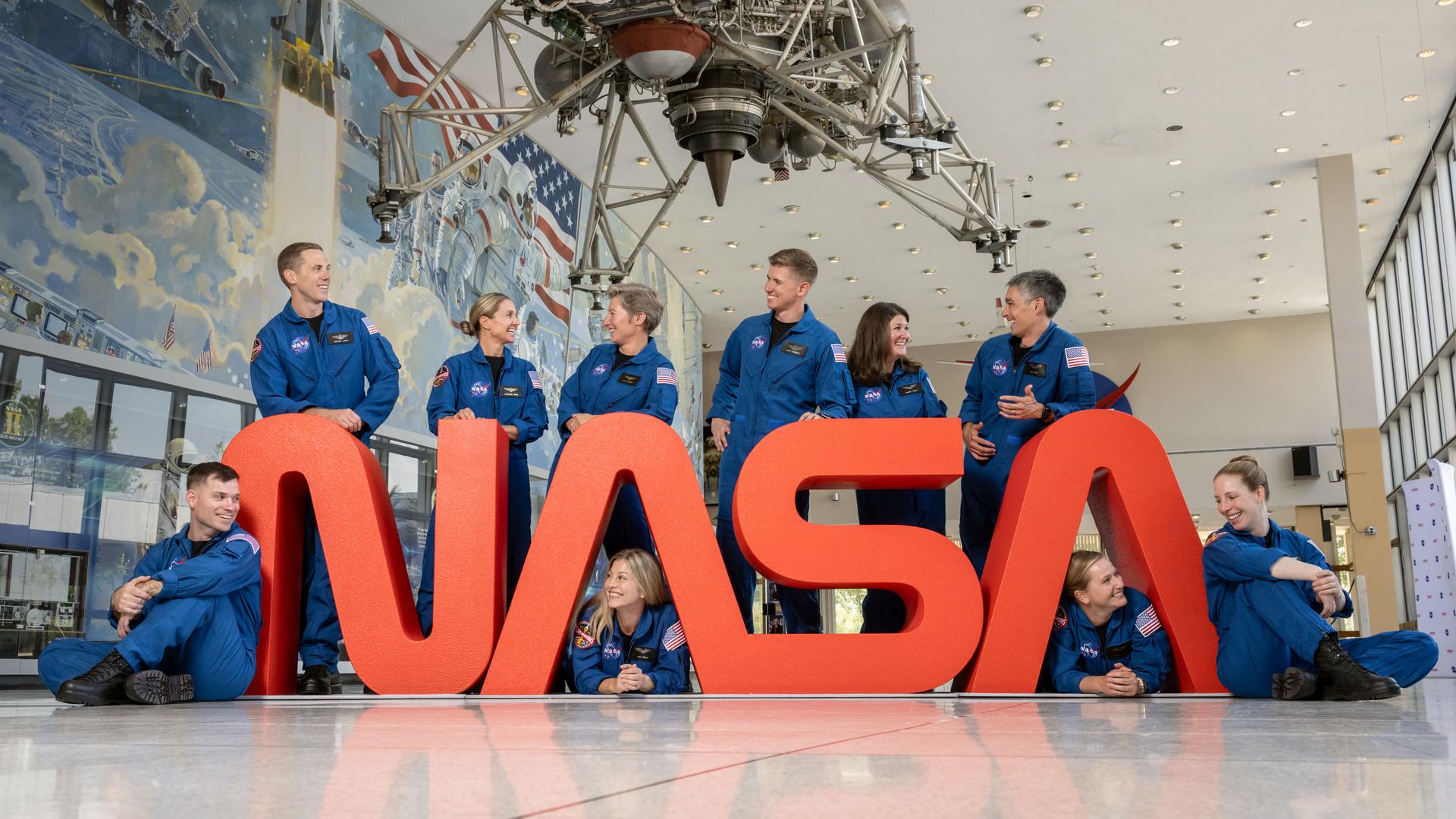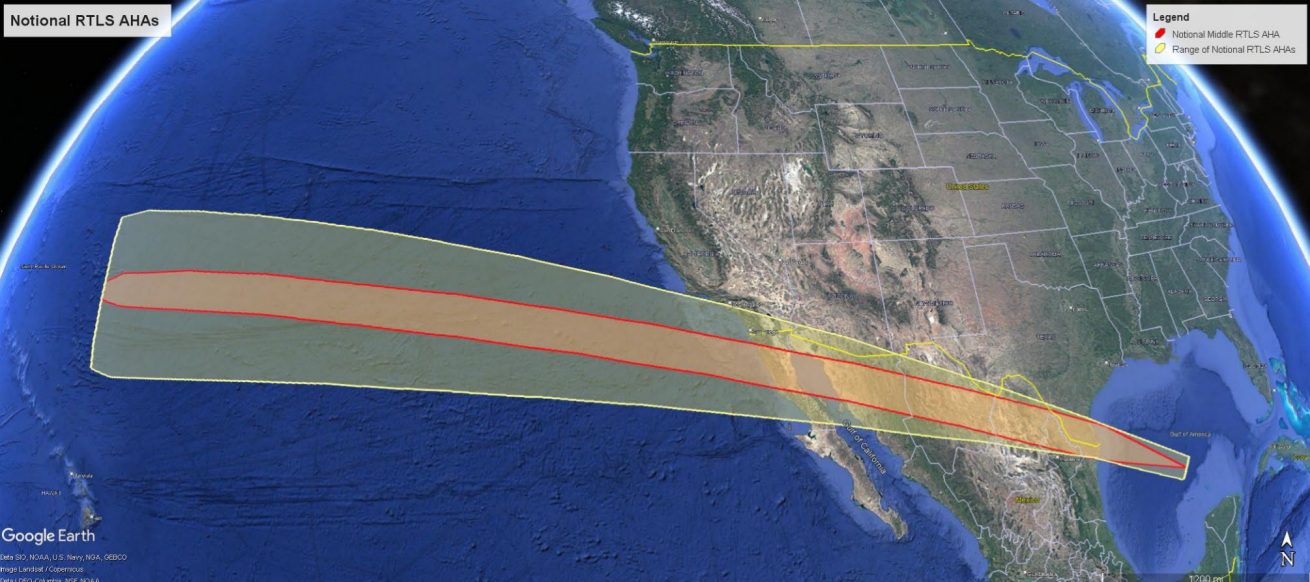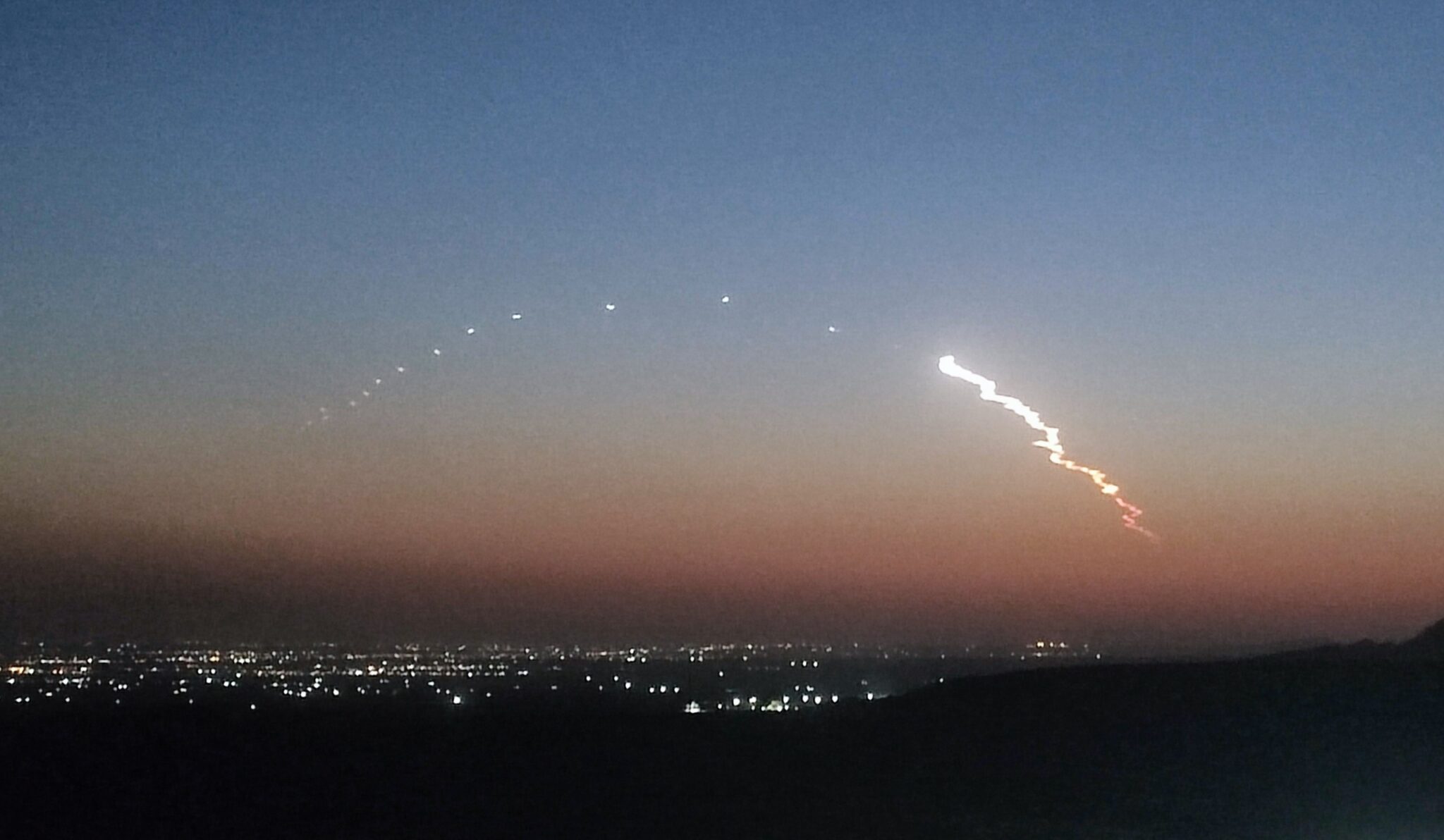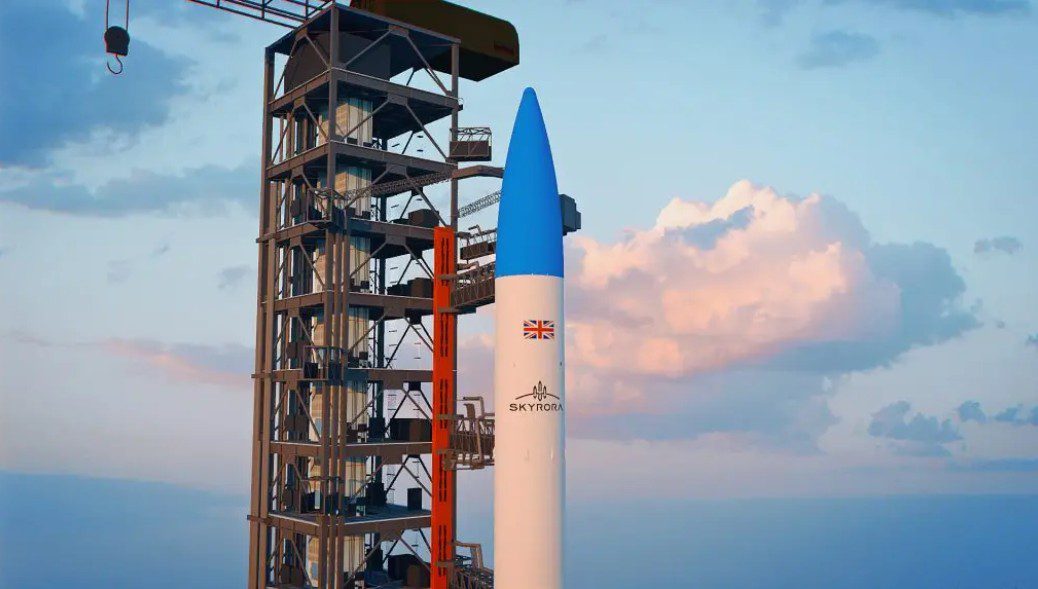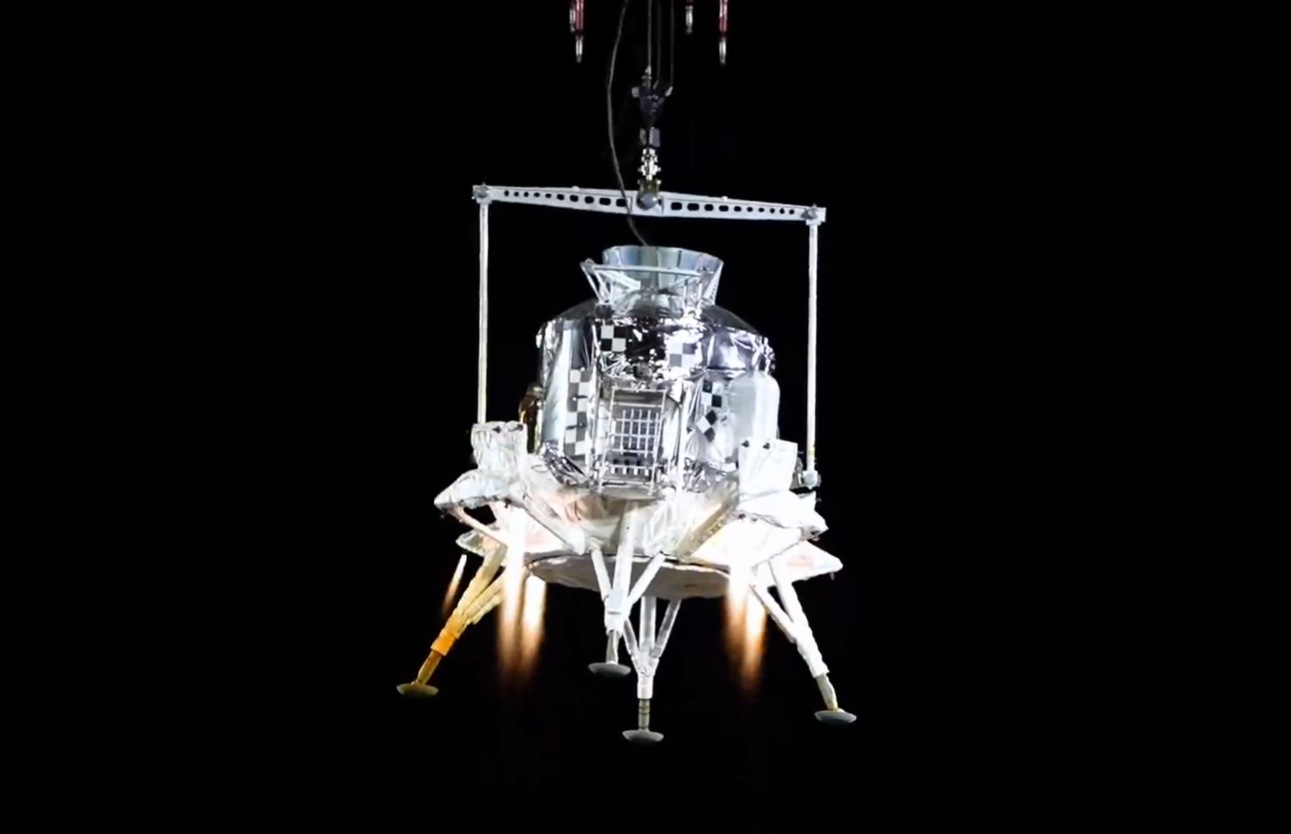Using imagery taken by classified sources during the 12 April launch of North Korea’s Unha-3 launch vehicle from Tongchang-ri, Western intelligence analysts have now ruled out first stage failure as the cause of failed orbital launch the Kwangmyongsong 3 satellite. Instead they cite that the liquid fuel first stage fired correctly but that it was an aerodynamic pressure/resonant vibration-induced collapse of the third stage rocket structure and nose cone that caused the controversial flight to fail.
A structural failure of the third stage, dubbed a “catastrophic disassembly” by space intelligence analyst Charles Vick of Globalsecurity.org in an article in EE Times, was noted as probably occuring during the Max Q portion of the flight, where the combination of air speed and atmospheric pressure yields a peak aerodynamic load. The existence of Max Q is the reason why many western rockets throttle back to limit aerodynamic forces as they go through this flight phase.
A flash of flame escaping from the forward part of the launch vehicle was reportedly seen at 81 seconds after lift-off and subsequent tracking of the assembly led analysts to believe that the first stage worked perfectly satisfactorily and in fact continued to accelerate the damaged rocket for another 40 seconds until first stage/second stage separation successfully occurred.
The second stage failed to ignite to carry the flight onward and it is suggested that this was because the flight control system was located in the damaged third stage. The rocket’s remaining second and third stage assembly fell safely into the Yellow Sea.

